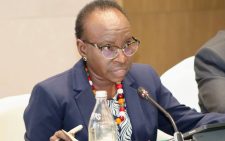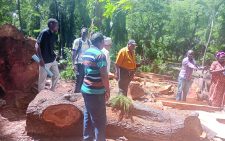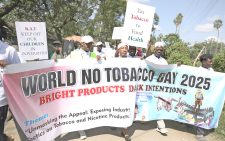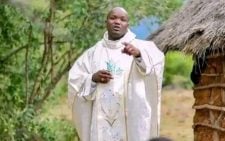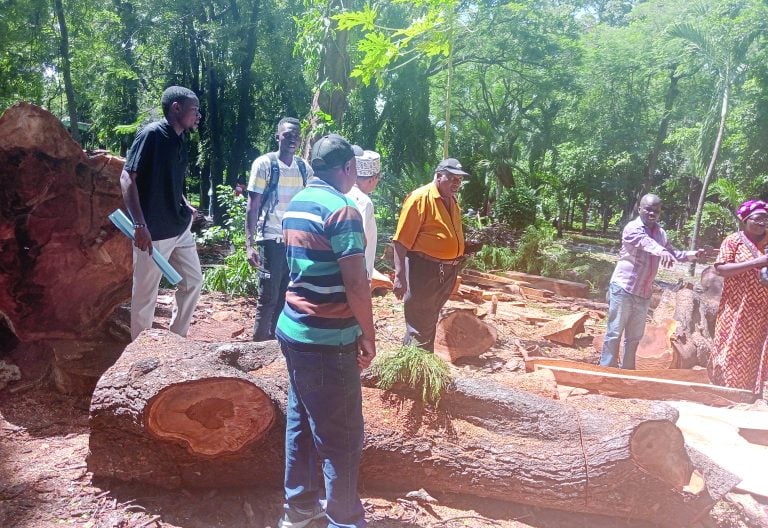Creator’s Gold mine under siege
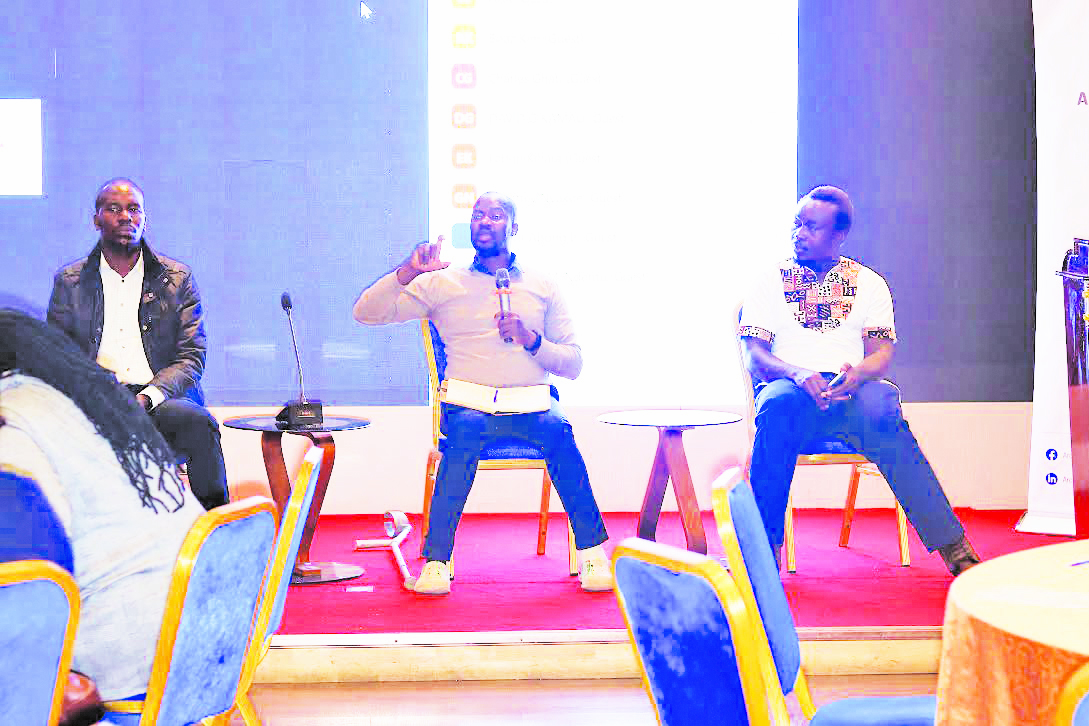
When Mungai Kihara saw a gap in digital content creation for the real estate market in Kenya, he opted to use his real estate degree to create content that would not only inform his audience, but also showcase African properties to the world.
“My YouTube channel, African Real Estate, gives people from all over the world a wide view of what is happening in Africa when it comes to the real estate business. It also gives investors the ability to purchase homes digitally and we can connect them to developers,” he starts.
Mungai confesses that the journey of gaining an audience and a clientele who trust him has not been a walk in the park. In addition, as the audience increases, the investment he has had to make to have quality content has not been an easy one either.
He adds, “Starting is easy because you can start with a phone, but when you get advanced, your audience will require that the quality of videos and sound be great. That means that you have to sacrifice money to get great equipment to do so. However, as much as the journey is not as smooth for a creator, the fruits of the labour are great.”
Investing in talent
He was one of the 109 black creators from around the world and amongst the 11 Kenyans who recently graduated from the YouTube Black Voices Fund. Created in 2020 with the purpose of investing in talent and presenting fresh narratives that emphasise the intellectual power and authenticity of black voices, the programme has helped over 500 creators and artistes grow their channels and their audiences.
The fund has been an opportunity to both celebrate and cultivate black artistry around the world and forms part of the platform’s commitment to supporting Africa’s creative ecosystem. Mungai says the lessons were insightful, practical and well packaged to give content creators what they need to make their work appreciated by their audience.
“The trainings have enabled me to know what to concentrate on and now I could become a teacher. Such trainings are great because they guide one on best way to create content and get the best results. There is no need to develop content and not have an impact. Knowing what brings impact makes it easy for one to know what to concentrate on and to write a script based on that,” he explains.
For Sebastian Ngida, whose channel TheKenyanEntrepreneur has garnered over 12,000 subscribers and a total of 853,048 views, the trainings were impactful in shifting his perspective on better ways of content creation.
“Looking at these classes, it is testament that YouTube sees each channel as a business and so, creators should too think of themselves as businesses. And as the creator economy grows, there is a need for creators to have sustainable structures that will allow YouTube channels to be businesses that can impact more people,” he notes.
As of December 2022, the YouTube data indicated that the growth of creator channels had been tangible on the continent. For instance, over 14 channels in Kenya had more than a million subscribers, an increase of more than 110 per cent in one year. In Nigeria, over 45 channels had more than a million subscribers, an increase of more than 50 per cent, while in South Africa, 25 channels reached the one million subscriber mark, an increase of over 30 per cent.
Additionally, the number of YouTube channels making Sh100,000 or more in revenue had increased by over 25 per cent in the country, while in South Africa, the number of channels making Sh758,000 (R100,000) or more in revenue increased by over 30 per cent year on year. In Nigeria, the percentage of YouTube channels making Sh17,000 (NGN100,000) or more in revenue increased by over 15 per cent.
“We’re committed to ensuring that black creators from Africa and around the world find a home on YouTube, and we are investing in strategic partnerships with culturally relevant organisations to ensure that we are able to reach and help even more creators and artistes. We also teach them on things that they can do to better connect with their communities and monetise their content,” says YouTube Emerging Markets – Europe, the Middle East, and Africa MD Alex Okosi.
Revised eligibility criteria
YouTube has further showed it’s commitment in having more creators earn a living from content creation by revising the eligibility criteria for content creators to monetise their accounts through its partner programmes. In an update, the firm slashed the number of required subscribers by half to 500, down from the previous requirement of at least 1,000 subscribers.
Previously, a creator also needed to have netted either 4,000 watched hours in the preceding year or 10 million shorts views in the preceding 90 days to qualify for the YouTube Partner Programme (YPP).
The revised terms now require a minimum of three public uploads in the preceding 90 days and either 3,000 watch hours in the just-ending year or three million shorts views in the preceding 90 days.
The platform said the new criteria would initially apply to creators in Canada, US, UK, South Korea and Taiwan before its rollout in countries where YPP is available.
“Such a move is always a sweet spot between encouraging creativity and ensuring creators put in the time and effort. So yes, we are going to see more creators earn from the platform and hopefully create employment for other people on the continent. It’s one thing to tell our stories as Africans, but it’s 1,000 per cent sweeter when we are able to draw financial value from telling these stories,” notes Sebastian.
Road to monetisation
Ifeyinwa Mogekwu is a renowned Nigerian food content creator. While the process of monetisation was a relatively easy one for her — she was monetised within four months of publishing content on her YouTube channel— she believes that a downward review of the watch hours and number of subscribers required to become monetised will allow more creators to be eligible.
“This will encourage existing creators who are yet to be monetised to create more on the platform, as well as appeal to more people to become creators on YouTube,” says the creator whose platform, Ify’s Kitchen, is all about cooking sumptuous meals.
Reginald Mohlabi, a South African content creator with a channel dubbed Reggie Mohlabi, believes that the move is significant, as it not only empowers black content creators, but also opens up avenues for underrepresented voices to be heard and valued.
“It is also worth noting that in the past, many creators faced discouragement due to the challenges associated with monetising their channels, however, the new criteria is more inclusive and creates a more supportive environment, encouraging creators to persist in their craft,” he observes.
Reginald intimates that monetisation was relatively easier for him since he started off with his friends with different personalities to attract different audiences in their channel, TheBoyzRSA, which took them just two months to do. However, he notes, the Adsense verification process and the requirement for a verification pin through the mail for many people in Africa made the process challenging.
He says, “The verification pin never arrived in the mail until only four months later and subsequently caused me to have to wait for my first withdrawal.”
While his second channel took just a month to monetise, the verification process was still the same and he had to wait about three months for his pin to arrive.
“People face all types of challenges before being monetised, but the main reason they started their channels in the first place seem to be the main differentiator. Most people think that content creation is an easy industry to excel in and look for quick fame and fortune when that is not the case. It takes consistency, putting in crazy amounts of hours to be successful and this realisation discourages and leads to the creator not to desire the creative path anymore,” adds Reginald.
But even as there is growth, there are also challenges that content creators still face in their respective countries. “Well the biggest issue creators have to deal with is access to equipment. Importing equipment is expensive, especially with the current dollar rate and even for those who can afford it, gadgets such as drones have laws around them that prohibit usage in certain areas. Under the same breath, to upload content, we need internet and for small creators, sometimes that’s a cost they need support with,” notes Sebastian.
Industry standards
When it comes to monetisation, he believes that it is a hard landscape to navigate due to lack of industry standards. “This has resulted to a lot of undercutting and favouritism, especially with brand deals that come from corporates,” he says.
Another looming big issue is taxation. While President William Ruto has shown commitment in growing the digital economy by inviting the heads of the leading digital platforms and pledging to have 25,000 WiFi hotspots to improve internet connectivity in the country, content creators believe that the taxation bit should be reviewed.
“What we have currently is just a percentage number that is being thrown around without much of clarity behind it. Any creator/consultant that works with brands already knows that there has been a standard five per cent withholding tax that applies whenever a brand pays you for a gig.
“We still have three per cent digital service tax and for creators that have incorporated their businesses, there is a 16 per cent Value Added Tax (VAT) that applies on transactions if your company is VAT obligated and so, the clarity that’s needed is the 15 per cent; is it an additional tax on existing ones or if it’s going to be the umbrella tax for everything that creators do?” poses Sebastian, although by the time of going to press the National Assembly was still debating the Finance Bill 2023.
Creator encouragement
“I think that since the industry is just growing, the 15 per cent withholding tax will dissuade a lot of people from getting into the industry. The content creation industry has been recognised globally as one of the fastest growing industries and with the lowest entry barriers. The government has been keen on creating jobs for the youth and I think they should be doing everything they can to encourage up-and-coming content creators. My suggestion would be to reduce the percentage to three per cent,” says content creator Suzan Wahome of the Suzy’s Homestead channel.
Okosi believes that there must be dialogue between the government and the creative community for an understanding on the real issues that content creators face as they produce content in order to achieve the right balance.
“Governments should also engage to understand the value of the creative economy in that it is an export product, as the content is seen by people across the world. The president wants to have 25,000 free WiFi hot spots, think about what these does when it comes to reduction of cost in consuming content. It’s really important that governments have regulations in place that doesn’t stunt the creative industry,” Okosi says in ending.
